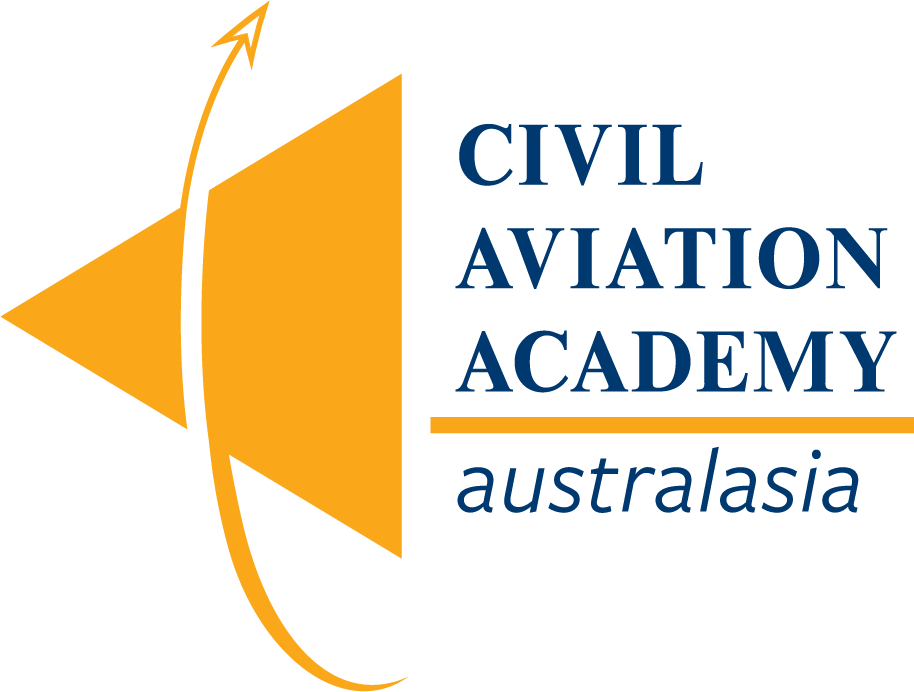- 08 6180 7939
- andy@caaa.com.au
- Mon - Fri: 9:00 - 15:00 (WST Perth)

CAAA News
Navigating the Skies: The Dynamics of Clan vs. Hierarchical Values in Aviation Organisations
Facebook
LinkedIn

Navigating the Skies: The Dynamics of Clan vs. Hierarchical Values in Aviation Organisations
In the complex landscape of aviation organisations, the interplay between clan and hierarchical values shapes the dynamics of small teams.
Clan values foster a sense of community and collaboration within these teams, promoting open communication and a shared identity. However, this communal atmosphere can sometimes lead to challenges such as ambiguity in decision-making and task allocation.
In contrast, hierarchical values offer a more structured and defined approach, providing stability and clear lines of authority. While this ensures efficient decision-making and task distribution, it may create a rigid environment that hinders quick adaptation to unforeseen challenges.
The aviation industry’s fast-paced nature demands organisational flexibility. Clan values shine in this aspect, allowing for agile responses to dynamic situations. On the other hand, hierarchical values, while providing stability, may sometimes limit an organisation’s ability to swiftly adapt to changes.
The real-world reveals diverse approaches within the aviation sector. May thrive under a clan-oriented structure, emphasising teamwork and camaraderie. Conversely, others have excelled with a hierarchical framework, showcasing the benefits of clear hierarchies and streamlined processes.
Small aviation teams grapple with unique challenges when navigating these structures. Balancing the need for community with the demand for efficiency requires thoughtful solutions. Strategies such as fostering a culture of accountability within clan-oriented teams or introducing flexibility measures within hierarchical setups can optimise the benefits of each value system.
Advantages and disadvantages of clan values in aviation organisations

Advantages:
- Sense of Community: Clan values foster a strong sense of community within aviation teams. This camaraderie promotes open communication, trust, and a shared commitment to common goals.
- Collaboration: The emphasis on a communal atmosphere encourages collaboration among team members. This can lead to creative problem-solving and increased innovation, vital in the dynamic aviation industry.
- Flexibility: Clan values often provide flexibility in decision-making and task execution. Team members may feel empowered to contribute ideas, allowing for agile responses to challenges and changes.
Disadvantages:
- Ambiguity in Roles: The informal nature of clan values can sometimes result in ambiguity regarding roles and responsibilities. This lack of clarity may lead to confusion and inefficiencies within the team.
- Decentralised Decision-Making: While collaboration is a strength, decentralised decision-making in clan-oriented teams might slow down processes, especially in time-sensitive aviation situations.
Advantages and disadvantages of hierarchical values in aviation organisations:

Advantages:
- Clear Structure: Hierarchical values provide a clear organisational structure with well-defined roles and reporting lines. This clarity enhances efficiency, particularly in tasks that require a strict chain of command.
- Stability: The stability provided by hierarchical values can be advantageous in ensuring consistent and reliable operations, crucial in the highly regulated and safety-focused aviation industry.
- Efficient Decision-Making: A hierarchical approach facilitates efficient decision-making, with clear lines of authority. This is especially beneficial in situations where quick and decisive actions are required.
Disadvantages:
- Limited Flexibility: The rigid nature of hierarchical values may limit an organisation’s ability to adapt quickly to unforeseen challenges. This lack of flexibility can be a significant drawback in the ever-changing aviation landscape.
- Communication Barriers: The strict hierarchy might result in communication barriers, as information may need to pass through multiple levels before reaching relevant parties. This can lead to delays and misunderstandings in critical situations.
In conclusion, the choice between clan and hierarchical values is not a one-size-fits-all decision for aviation organisations. Careful assessment of goals, team dynamics, and operational needs is essential to determine the most effective approach. Striking the right balance ensures that all teams succeed.
